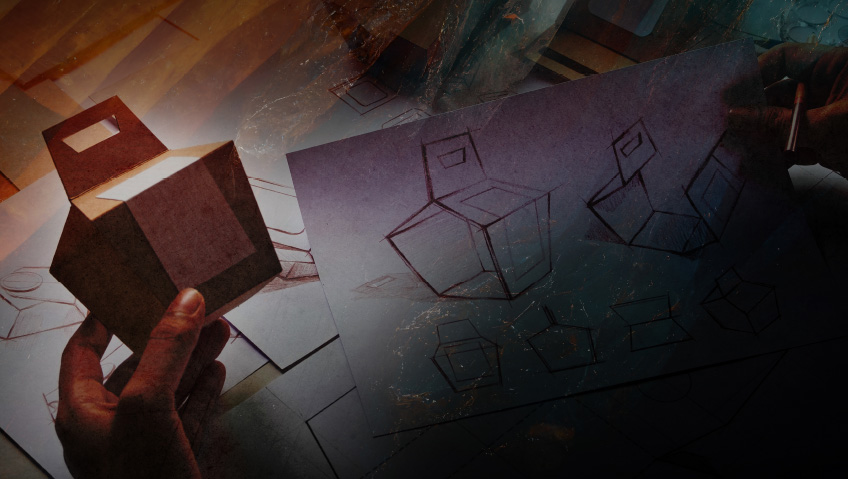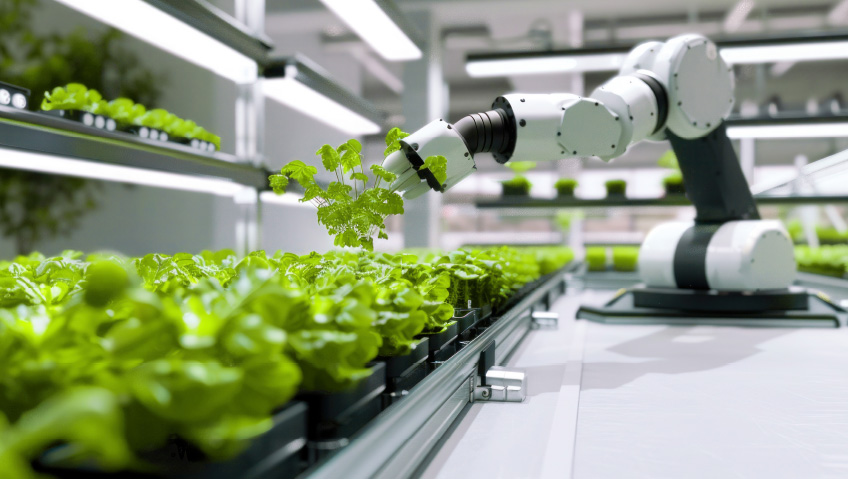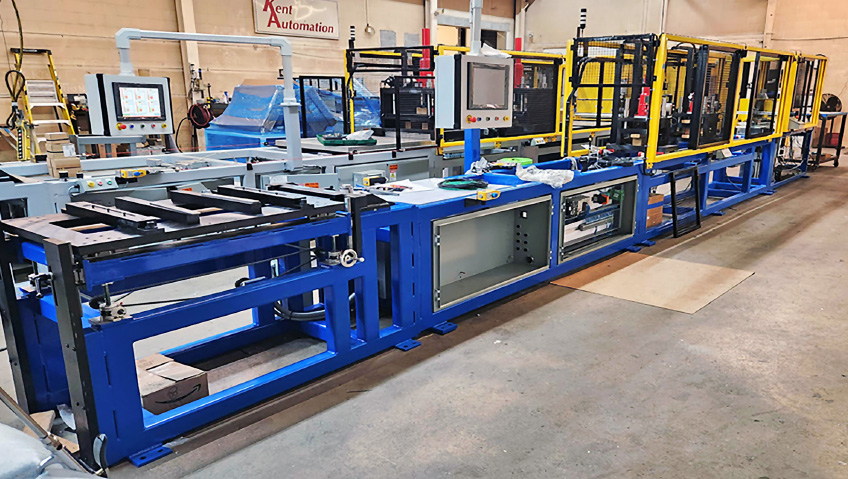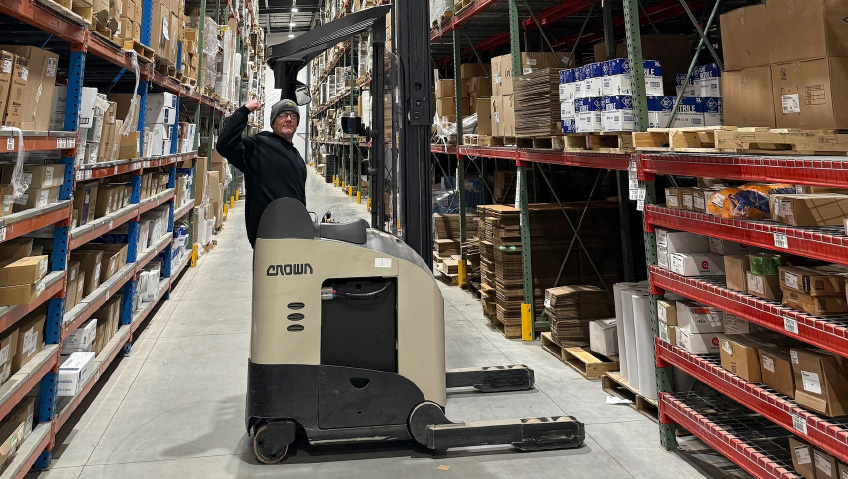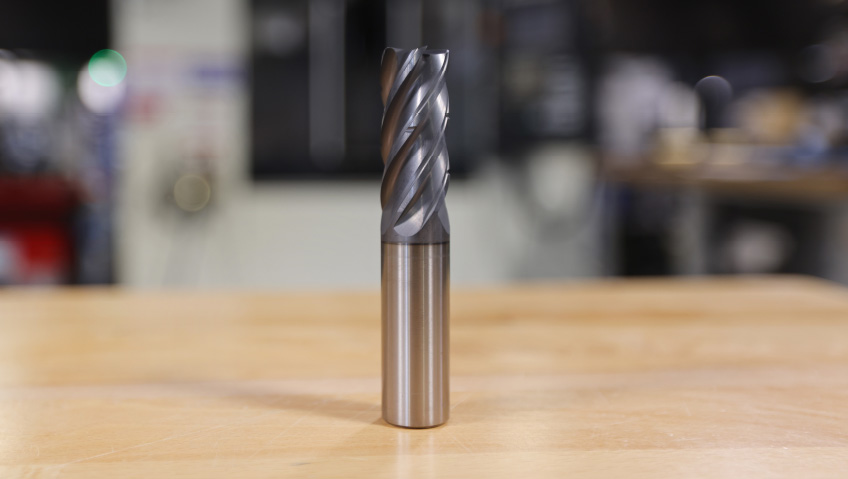Packaging may be one of the most important yet overlooked aspects of our lives. In a consumer culture where nearly every item we purchase is either shipped to us or found on a shelf, the package it comes in matters—not only to those on the receiving end of the product but also to the companies that make it as well as the environment that we all share.
When done well, packaging hits several notes to create that “I’m so excited to open this!” feeling. Much more than just a wrapper of an item, packaging can bring together design, psychology, and impressive functionality.
There have been many milestones in the advancement of packaging spurred on by new techniques, technologies, and materials, but one of the biggest impacts on packaging was COVID-19 and its fallout, which dramatically changed how much more seriously people thought about the packaging of all the goods they were receiving (given we were receiving so many things through delivery channels).
“COVID-19 accelerated a lot of trends that were already in progress at the time,” says Jennifer Christ, manager of consumer and commercial goods at The Freedonia Group, in a Packaging Dive article about the long-term impacts of the pandemic.
This is the point where e-commerce really took off and when businesses had to find solutions to meet their customers’ needs, fast. That meant that considerably more packaging was needed for fulfillment. Up to that point, boxes were made largely for retail, but in the new age of e-commerce it was shipping that mattered more. The other element that changed was the size of the orders, which dropped from more items to fewer, but sent out more frequently.
At the same time, people also began to order a lot more takeout meals. This is where all those food delivery apps gained their substantial followings, and from a packaging standpoint, it opened the door to more innovations like tamper-evident containers that helped protect the quality of food.
But, with all this demand for packaging, an important question has come up: what happens after we open the package?
“The increasing use of single-use delivery packaging made the amount of waste more obvious to consumers and thus the call for more sustainable container options,” says Christ. The materials that are going into packaging have become more sustainable, another factor driving different approaches and innovations.
One example of this comes from Starbucks, reports Packaging World. The coffee giant has partnered with a Finnish company to make cups for cold drinks in their cafés in the U.K. from compostable materials. The upside of these cups is that they can do away with the plastic-lined paper cups that cannot easily be recycled. What remains to be confirmed is how well these cups can hold the liquids, avoiding leakage or condensation.
Another interesting company to highlight is London, U.K. startup Notpla, which has partnered with Just Eat to introduce plastic-free, seaweed-coated takeaway food boxes. Now it is scaling operations to the wider foodservice industry with its fully biodegradable and compostable solution, writes James Darley for Sustainability Magazine.
Changes to one of the most popular condiments could also be coming, reports Darley. Kraft Heinz’s ketchup bottles use a cap that is not easy to recycle because of the multiple materials it uses. But Heinz is working on a fix whereby the caps will be made using a single type of recyclable plastic.
Technology in the industry is also providing new solutions and possibilities for how we receive the goods that we want. Like just about everything else today, we can’t talk about the innovations in packaging unless we include AI in the discussion. AI is helping to improve almost every step of packaging, from the supply chain to quality control and ultimately to the options available for the actual packaging itself.
We all love it when something is made especially for us (or at least looks like it was made especially for us). And that is what AI can offer to manufacturers. Let’s say you live in New England and you are a Boston Red Sox fan; AI could allow for a quick and targeted design change to packaging in your area to include “Let’s go Red Sox” if the team is in the World Series, then quickly revert back after the season ends, or better yet change to “Champs” if the baseball team wins the series.
Packaging done well not only makes the most of the latest innovations; it also uses elements that intersect with our psyches. For instance, the color of a package can impact how we react to what’s inside. Warm colors like red, orange, and yellow can bring out feelings of excitement, happiness, and warmth. Likewise blue, green, and purple conjure feelings of calmness, nature, and royalty.
Then there is what the package feels like when touched. And this makes a lot of sense when you think that after seeing the package, the most important impression for people is what a package feels like when it is handled and opened. Creating a positive tactile experience can hinge on how smooth a package is or, for that matter, how rough it may feel. These psychological forces can strengthen the initial experience of a company’s product and help establish brand loyalty.
“The more you get to know your customers, the more you get to know their preferences,” says Ben Voyer, Cartier Chair Professor of Behavioural Sciences in an article for London Packaging Week. “The key is to build an offering of what directly reflects those preferences.”
Bringing together these elements into packaging can create something that transcends the form and makes a lasting mark in pop culture. Say the name ‘Cracker Jack’ and you almost instantly picture the red, white, and blue box with the sailor on the cover and a dog at his feet. That image dates to 1919 when it was first introduced (the candy itself came about circa 1896). The packaging seems simple, but it works. To further the treat’s childlike appeal, the package makes the most of bright colors and a fun curly font.
It also tugs on the nostalgia strings, not just because we think back to getting the prize out of the box as a kid but because that same basic image has endured through several generations; we have something that we can share with our grandparents.
There are also other ways to appeal to an audience through packaging, like exclusivity. Tiffany and Co. has been known since 1845 for its blue packaging, as Mladen Milosevic describes for DesignRush. In this case, the packaging really starts with that distinctive blue hue. The color, a robin’s-egg blue, was trademarked in 1998 for the company’s exclusive use. Psychologically, the blue hue evokes a sense of security and safety but also a sense of mystery, which brings us back to that exciting feeling of wanting to know what’s inside—because if it’s from Tiffany’s, it’s probably going to be nice.
Taking this one step further in the early 20th century, the company developed its iconic little blue box. The materials of the box are the medium that exudes exclusivity and status by including touches like a blue suede back and a box that is made from custom paper that carries a distinct weight and texture to set it apart in the competitive luxury jewelry market. Then there is the understated name printed on top in a further refined touch.
If we move from luxurious exclusivity to more mass appeal, there is of course the funky little box with its funky little figure inside. Funko Pop! vinyl figure boxes work by leaving nothing to the imagination. For this company, it starts with the figures, such as sports stars or movie characters, which are petite yet larger than life. But the real accomplishment is that the box itself makes people, ironically, not want to open it. It’s the total package that completes the consumer experience. To reinforce the collectable experience, the number of each figure is displayed prominently on the top right of the box, and some will contain a sticker indicating a limited release. And then there’s the big window that displays the figure to nearly 360 degrees. The packaging brings that extra punch through a combination of colour and the standard cube shape, making it fun to handle, stack, and of course, display for collectors.
Companies are always aiming to leave a lasting mark on their customers and there is no better way to represent a brand than the choices that go into the packaging of their product. Far from just something that is needed for protection during shipping, well-designed packaging can create a direct link between the values of the company and its consumers every time they see the product—even before they open it.

